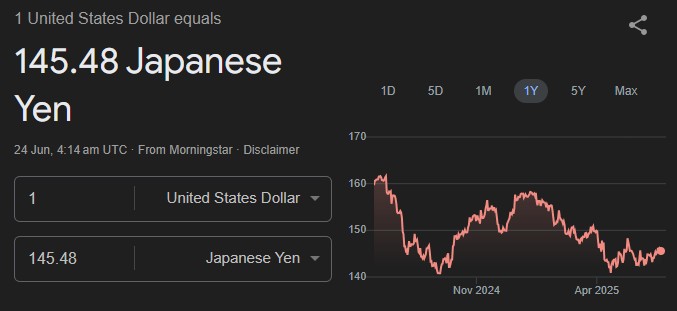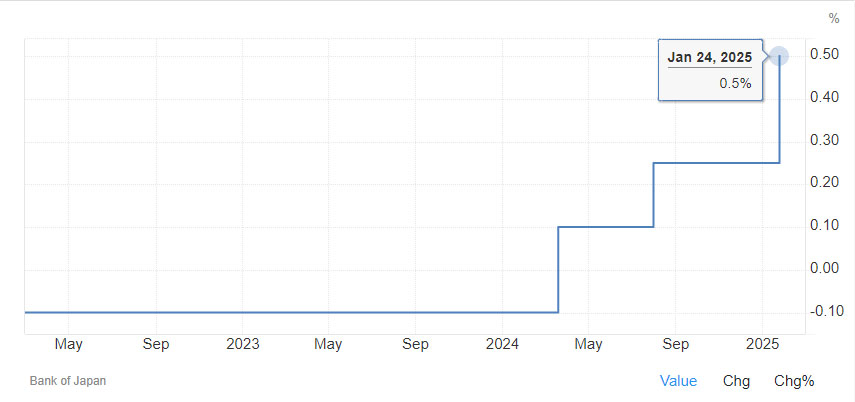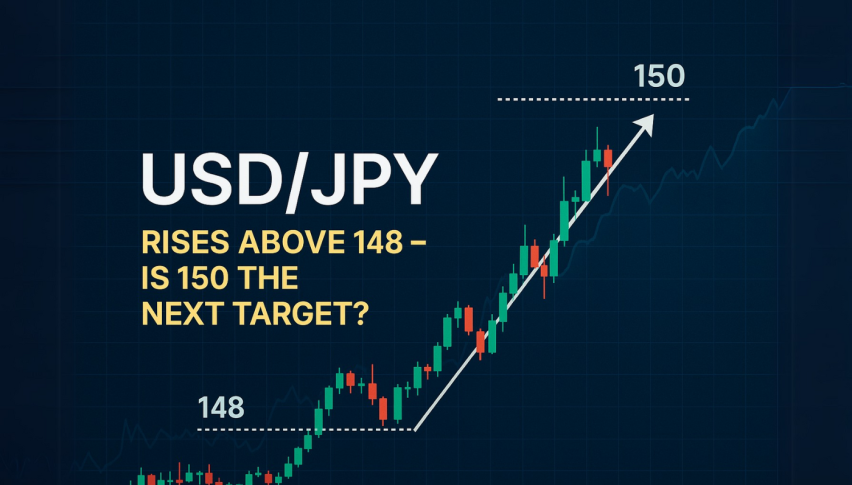In 2025, the yen vs dollar (USD/JPY) exchange rate is under intense scrutiny from traders and analysts alike. Two of the most influential factors this year are the surge in global oil prices and the Bank of Japan's (BOJ) persistently dovish monetary policy.
Both have contributed to a weaker yen, but the story is nuanced, with implications for Japan's economy, exporters, and anyone trading the world's third most traded currency pair.
The Oil Price Surge and Its Impact on the Yen

Japan is one of the world's largest importers of crude oil, relying almost entirely on foreign energy to power its economy. When oil prices spike, as they have following recent geopolitical tensions in the Middle East, Japan's trade balance suffers. The cost of importing energy rises, widening the trade deficit and putting downward pressure on the yen.
Recent events in the Middle East have pushed crude prices up by more than 25% since late 2024. This has led to a notable depreciation of the yen, which dropped 2.4% against the US dollar in June alone. Citi analysts estimate that a 10% rise in oil prices can weaken the yen by 3–4 yen per dollar. The logic is straightforward: higher import costs mean more yen sold for dollars, reducing the currency's value.
BOJ Policy: Dovish Stance Weighs on the Yen

While other central banks have been raising rates to combat inflation, the BOJ has remained cautious. After a single 25 basis point hike to 0.5% in January, the BOJ has paused further tightening, citing sluggish wage growth, external trade uncertainties, and a fragile economic recovery. At its May and June meetings, the BOJ struck an unexpectedly dovish tone, slashing GDP and inflation forecasts and signalling no rush to hike rates again in 2025.
This policy divergence is stark: the US Federal Reserve, while signalling some easing, remains much more hawkish than the BOJ. As a result, the yield gap between US Treasuries and Japanese government bonds has widened, making the dollar more attractive and putting further pressure on the yen.
Safe-Haven Status Diminished
Traditionally, the yen is seen as a safe-haven asset. However, in 2025, even heightened geopolitical risks have failed to boost the yen. The yield gap and the BOJ's dovishness outweigh safe-haven flows, and traders are increasingly betting on further yen weakness.
Economic and Political Implications
A weaker yen has mixed effects on Japan's economy:
Rising Costs: The flip side is rising costs for manufacturers and consumers, especially for essentials like energy and food. This has led to inflationary pressures, with rice and other staples becoming more expensive—a political headache for Japan's government ahead of key elections.
Yen vs Dollar Outlook and Forecasts

As of late June 2025, the USD/JPY trades around 145–147, having rebounded from a brief dip below 140 in April. Forecasts for the remainder of the year are mixed:
Potential Rebound: Others see a possible yen recovery later in 2025 if the Fed cuts rates more aggressively or if the BOJ signals a shift towards tightening. However, the consensus is that the path of least resistance for now is further yen weakness, especially if oil prices remain elevated and the BOJ stays dovish.
Key Takeaways for Traders
-
Watch Oil Prices: Continued volatility in crude markets will directly impact the yen's trajectory.
-
Monitor BOJ Signals: Any change in BOJ tone or policy could spark sharp moves in USD/JPY.
-
Safe-Haven Flows Are Muted: Don't count on geopolitical risk alone to lift the yen.
Exporters vs. Consumers: Understand the trade-off between export gains and domestic inflation.
Conclusion
In 2025, the yen's fate against the dollar is being shaped by the dual forces of rising oil prices and a dovish BOJ. For traders, this means heightened volatility and opportunity, but also the need for vigilance as global events and central bank policies evolve.
Stay alert to shifts in energy markets and BOJ communications—these will be the key drivers for USD/JPY in the months ahead.
Disclaimer: This material is for general information purposes only and is not intended as (and should not be considered to be) financial, investment or other advice on which reliance should be placed. No opinion given in the material constitutes a recommendation by EBC or the author that any particular investment, security, transaction or investment strategy is suitable for any specific person.
























